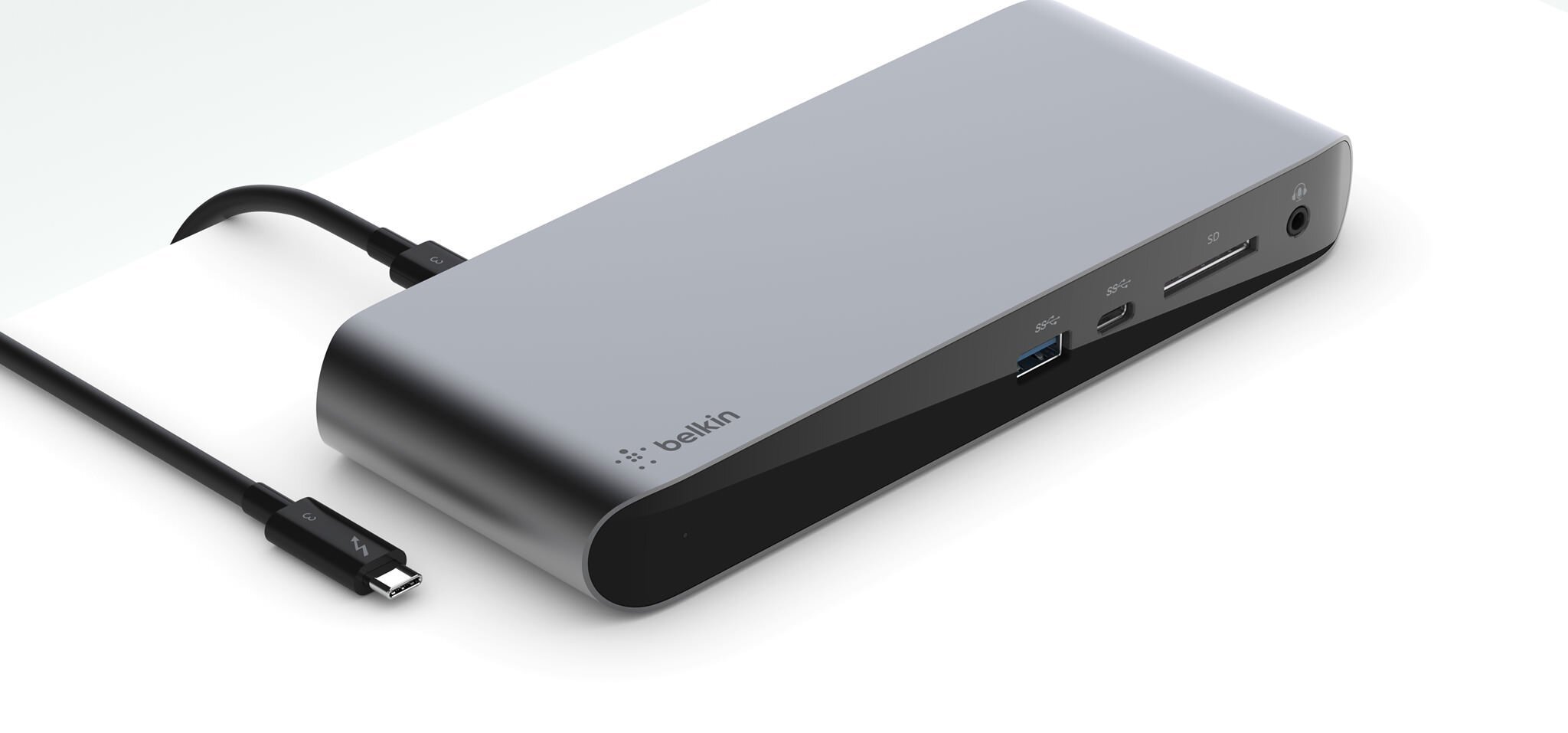Advantages of using 3D renders on Product Visuals compared to actual Photos?
As technology continues to advance, businesses are looking for new and innovative ways to showcase their products. One method that has become increasingly popular in recent years is 3D rendering. 3D renders are computer-generated images that offer many advantages over traditional product photography. 3D renders are quickly becoming the preferred method of creating visual product assets. We will explore the benefits of using 3D renders on product visuals.
Cost-effective
One of the main advantages of using 3D renders is that it is cost-effective. Traditional product photography requires a professional photographer, studio rental, and specialized equipment. When you use 3D renders, hiring professional photographers or purchasing expensive equipment is unnecessary. There are significant savings as there won't be preproduction and production costs. However, cost advantage may shift if the volume becomes more important.
Versatility
Another advantage of using 3D renders is that they are highly versatile. You can easily create different angles, lighting, and environments for your product without needing reshoots. This makes it easier to showcase your product in different contexts and settings, which can help you target specific audiences. Product visuals can be used in many different ways depending on your needs. They can be used in an online sales presentation or a print media campaign.
Greater control
With 3D rendering, you have greater control over the final product image. You can easily change the product's design or color, adjust the lighting, and change the background without reshooting the product. This means you can quickly iterate and fine-tune your product images until you achieve the desired result. If one look doesn't work as expected, you can change lighting and other elements that may affect how people perceive your product.
Consistency
One of the challenges of traditional product photography is maintaining consistency in product images. Lighting conditions, angles, and equipment can all impact the final print, making it difficult to achieve consistency across multiple product images. With 3D rendering, you have greater control over these variables, making creating consistent and high-quality product images easier. You will always have consistent results regardless of who is creating your visuals or where they're being used for marketing purposes because all changes made will be done digitally rather than manually on physical products, which means there won't be any discrepancies between different versions, which can happen in photography. Styles may tend to change if you utilize different photographers.
Speed
Another advantage of using 3D renders is that it is faster than traditional product photography. With traditional photography, you must set up the product, adjust the lighting, and take multiple shots to get the perfect image. With 3D rendering, you can create the picture in a matter of hours, significantly reducing your time to market.
In conclusion, 3D rendering offers many advantages over traditional product photography. It is cost-effective, versatile, and gives you greater control over the final product image. Additionally, 3D renders allow for greater consistency and speed, which can help businesses stay ahead of the competition. If you want to showcase your products in a new and innovative way, 3D rendering may be the perfect solution.
Do you have a product visualization project? Reach us and we’ll be happy to have a chat.




